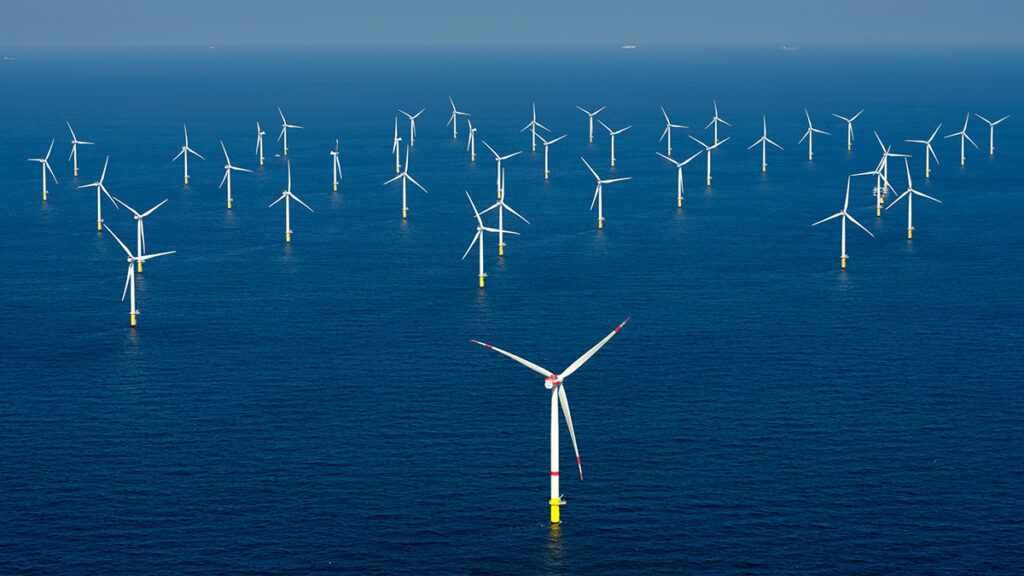Canary Media laments that “California’s rooftop solar policy is killing its rooftop solar industry”. Which seems odd since it would be hard to find any politician anywhere in the world more committed to alternative energy than California governor Gavin Newsom, and the California State Assembly currently includes 62 Democrats and 18 lonely Republicans (in the Senate it’s 32 and 8). Why would these people stab solar in the panel? And why would it matter, when solar is, we are repeatedly told, already more than competitive with fossil fuels and gaining fast, just like wind power that inexplicably also seems to gobble ever-larger subsidies without delivering the goods?
The Canary Media piece is a bit obscure, at least about the mechanics. But the brutal reality is plain:
“On Thursday, the California Solar and Storage Association unveiled data showing a 77 to 85 percent drop in rooftop solar projects since April. That’s when the California Public Utilities Commission’s controversial ‘net metering 3.0’ decision, which cuts about one-third to one-half of the compensation value of newly installed solar systems for households compared to what they could have received under the state’s prior net-metering regime, went into effect.”
Among other things, apparently “We are shedding jobs at a level that is reminiscent of the Great Depression,” at least according to the totally unbiased executive director of the California Solar and Storage Association.
It seems it’s all about the Benjamins:
“What’s happening in California mirrors the experience of Arizona, Hawaii, Nevada, Utah and other states where rooftop solar installations have declined dramatically after regulators or utilities reduced the compensation value that customers can receive from them. Installations also declined by more than 50 percent in the California regions where public utilities reduced net-metering compensation between 2015 and 2017.”
As far as can be determined, the problem is that under the “previous net-metering regime” the Golden State used to pay people the full retail rate for excess solar power they dumped into the grid at times of day when Mr. Sun was shining and there was more power than anyone needed. But alas:
“under the ‘net-billing tariff’ compensation scheme that replaced it, customers earn only a fraction of that energy’s retail value during all but a handful of hours of the year. Without batteries that can store that power to discharge it when it’s most lucrative, new solar customers can expect an average 75 percent reduction in a revenue stream that used to account for about half of a typical rooftop solar system’s value.”
Why would the mean old progressive plutocrats in Sacramento do such a thing? Well naturally it’s a matter of social justice:
“In making this unpopular decision, the CPUC took the side of utilities and some consumer advocates and environmental groups that say net-metering shifts utility costs from customers wealthy enough to afford solar onto customers who don’t have solar. These groups argue that reducing this ‘cost shift’ is a necessary step to restrain California’s fast-rising utility electricity rates.”
Got it? The decision was unpopular with everyone except the general public. Solar was a rich person’s indulgence that the state was overpaying for, shifting costs to the once-popular poor. And the more California bet on supposedly more-than-competitive wind and solar, the more electricity costs inexplicably soared. So if this stuff is so profitable, why isn’t it profitable? Why are renewable funds in the tank worldwide?
As Bjorn Lomborg just wrote:
“Underpinning the climate summit farce is one big lie repeated over and over: that green energy is on the precipice of replacing fossil fuels in every aspect of our lives. This exaggeration is today championed by the International Energy Agency, which has turned from an impartial arbiter of energy data to the proponent of the far-fetched prediction that fossil fuels will peak within just seven years. The claim ignores the fact that any transition away from fossil fuels is occurring only with enormous taxpayer-funded subsidies.”
And why do they need subsidies? Here it’s fundamentally a matter of engineering. The Manhattan Contrarian did some scary math on this subject, with regard to Germany, that applies equally everywhere else:
“According to Statista here, Germany consumed 511.59 TWh of electricity in 2021…Divide by 8760 (number of hours in a year) and you learn that Germany’s average usage of electricity is 58.3 GW. So, can you just build 58.3 GW of wind and solar generators to supply Germany with electricity? Absolutely not. In fact, Germany already has way more wind and solar electricity generation capacity than the 58.3 GW… As of June 2023 Germany had 59.3 GW of generation capacity from wind turbines alone, and (as of end 2022) another 67.4 GW of generation capacity from solar panels. The total of the two is 126.7 GW - which would supply more than double Germany’s usage at noon on a sunny and breezy June 21. But, according to Clean Energy Wire here, through the first three quarters of 2023, the percent of its electricity that Germany got from wind and solar was only 52%.”
Why? Well, because of timing:
“Capacity seemingly sufficient to supply double the usage in fact only supplies half…. because the supply does not come at the same time as the demand, and the wind/solar generation system provides no mechanism to shift the supply to a time to meet the demand. And why doesn’t Germany just double the amount of its wind/solar generation, so that those sources would go from supplying 52% of usage to 100%”?
Same problem:
“If they double the wind and solar generation, then on the sunny/breezy June 21 mid-day they will now have over 250 GW of electricity generation – more than 4 times what they need – so they will have to discard or give away the rest. But on a calm night in January, they will still have nothing and need full backup from some other source. Multiplying the wind/solar generation capacity by 10 or even 100 (referred to as ‘overbuilding’) will increase the costs of the system exponentially, but will never be enough to keep the lights on all the time. Or you can try energy storage to save up the surpluses to cover the deficits, but that also multiplies the costs of the system exponentially.”
Don’t you believe it, says the Canary Media piece:
“most environmental groups and community advocates agree with the solar industry that these cost-shift arguments, repeated by utilities across the country, are flawed and self-serving.”
They would, wouldn’t they? So why did Newsom and his ideological allies fall for it, given their almost complete sympathy for the way of thinking of environmental groups and “community advocates” and their habitual suspicion of profit-driven corporations? And even if they did, why don’t homeowners keep installing solar systems to power their own houses?
Get rid of those nasty gas and electric bills and enjoy the serenity of lower costs and greater virtue. Why aren’t people installing solar not for the cash value of the exports, but because it’s the best way to power your own house?
Why indeed.
Of course Canary Media says all you need to do to make it work is spend a small fortune on batteries, and sell your power when it’s dark out. But California consumers seem unpersuaded, the reactionary dolts. As do its policymakers; Canary Media then emailed unhappily “California undermines its home battery boom”. Seems the subsidies were just getting to be too much: “California regulators cut incentives for rooftop solar even further/ The CPUC insists it wants people to add batteries to solar systems to help the grid. But it just cut the compensation that households can earn by doing it.”
P.S. In another piece Canary Media chortles that “The Biden administration is investing $40.8 million into new centers to train students and workers for the rapidly growing clean energy economy. The energy transition depends on a skilled workforce, one that can manufacture EVs and batteries, install electric heat pumps and pinpoint the ways that buildings and businesses can slash energy waste and reduce emissions. The coming job opportunities are massive.” Um yeah, unless the whole thing turns out to be an unworkable, unaffordable boondoggle even in, say, California.



I love the waggish approach on these articles.
I fell about laughing at the "stabbed in the solar panel" line.
Keep up the good work.
People are starting to realize that if you spend enough time collecting dried grass, deadfall from the forest, and dried feces, you will be pretty close to “net zero” for heating your teepee….
Doug,kind of like back to the future?And as this piece suggests,no matter how many windmills or solar panels you build,there will always be a shortfall
of on demand power,when it is not breezy or sunny or both.Forget about battery storage,they would need to be the size of cities.Not gonna happen.